In the culinary world, pasta reigns supreme as one of the most beloved and versatile ingredients. Among the countless varieties, rigatoni pasta shells hold a special place, with their unique shape and ability to hold sauces and ingredients. With a rich history and a texture that captivates the senses, rigatoni pasta shells have become a staple in kitchens worldwide. This article explores the origins, characteristics, and culinary uses of this delightful pasta. 1. A Brief History: Rigatoni, hailing from Italy, has a lineage that dates back to the 17th century. The name ‘rigatoni’ is derived from the Italian word “rigare,” meaning “to score” or “to groove.” Traditionally, the pasta was made by hand, with grooves or ridges created using a special tool. These grooves allow the pasta to hold sauces, ensuring a burst of flavor in each bite. Over time, rigatoni gained popularity and found its way into regional Italian cuisines and beyond. 2. Shape and Texture: Rigatoni shells are cylindrical and slightly larger in diameter compared to penne or macaroni varieties.
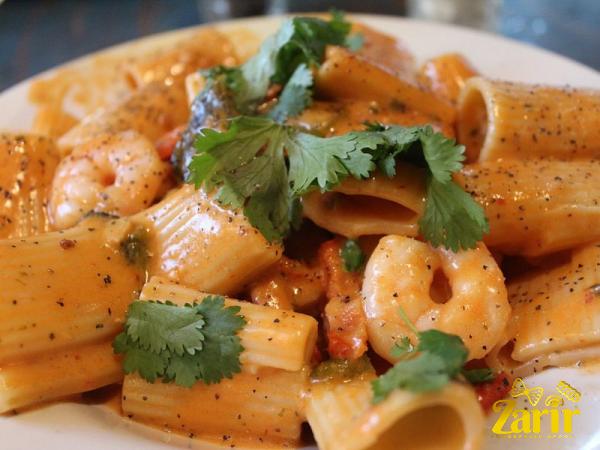
.
 The outer surface is lined with ridges, giving it a distinct appearance and enhancing its ability to cling to thick, hearty sauces. The hollow center creates a perfect conduit for capturing flavorful sauces, melted cheese, and other delectable ingredients. This unique shape and texture make rigatoni an ideal choice for both baked dishes and saucy recipes. 3. Culinary Uses: Rigatoni pasta shells lend themselves well to a wide array of dishes, making them highly versatile and popular among pasta enthusiasts. Their large size and sturdy structure are perfect for robust and meaty sauces, such as Bolognese or ragù. Additionally, the hollow center can house delicious fillings like ricotta, sausage, or vegetables, ideal for dishes like stuffed rigatoni. When cooked al dente, rigatoni maintains its integrity while absorbing the flavors of accompanying ingredients, resulting in a satisfying and flavorful eating experience.
The outer surface is lined with ridges, giving it a distinct appearance and enhancing its ability to cling to thick, hearty sauces. The hollow center creates a perfect conduit for capturing flavorful sauces, melted cheese, and other delectable ingredients. This unique shape and texture make rigatoni an ideal choice for both baked dishes and saucy recipes. 3. Culinary Uses: Rigatoni pasta shells lend themselves well to a wide array of dishes, making them highly versatile and popular among pasta enthusiasts. Their large size and sturdy structure are perfect for robust and meaty sauces, such as Bolognese or ragù. Additionally, the hollow center can house delicious fillings like ricotta, sausage, or vegetables, ideal for dishes like stuffed rigatoni. When cooked al dente, rigatoni maintains its integrity while absorbing the flavors of accompanying ingredients, resulting in a satisfying and flavorful eating experience.
..
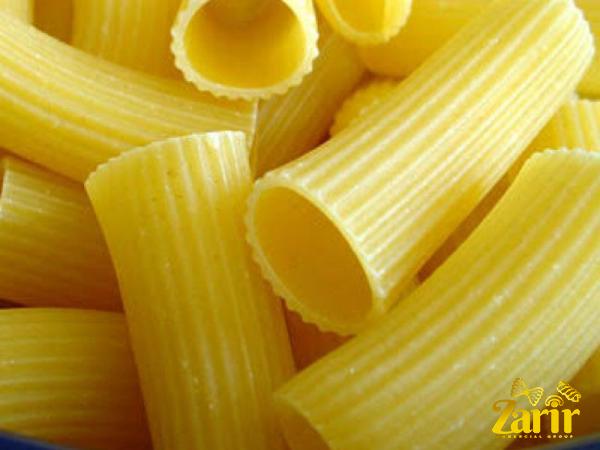 4. Pairings and Sauce Accompaniments: The shape of rigatoni offers a multitude of options when it comes to pairing with sauces and ingredients. Creamy sauces, such as Alfredo or carbonara, beautifully coat the ridged exteriors, providing a velvety and indulgent dining experience. The wide opening also allows chunkier and heartier sauces, such as marinara or arrabbiata, to mingle within the pasta, delivering bursts of flavor in every bite. The possibilities are endless, and chefs can get creative with their own combinations to suit their personal taste preferences. 5. Baking and Casserole Recipes: Rigatoni’s sturdy shape makes it a fantastic choice for baked pasta dishes, such as pasta bakes, casseroles, and timballo.
4. Pairings and Sauce Accompaniments: The shape of rigatoni offers a multitude of options when it comes to pairing with sauces and ingredients. Creamy sauces, such as Alfredo or carbonara, beautifully coat the ridged exteriors, providing a velvety and indulgent dining experience. The wide opening also allows chunkier and heartier sauces, such as marinara or arrabbiata, to mingle within the pasta, delivering bursts of flavor in every bite. The possibilities are endless, and chefs can get creative with their own combinations to suit their personal taste preferences. 5. Baking and Casserole Recipes: Rigatoni’s sturdy shape makes it a fantastic choice for baked pasta dishes, such as pasta bakes, casseroles, and timballo.
…
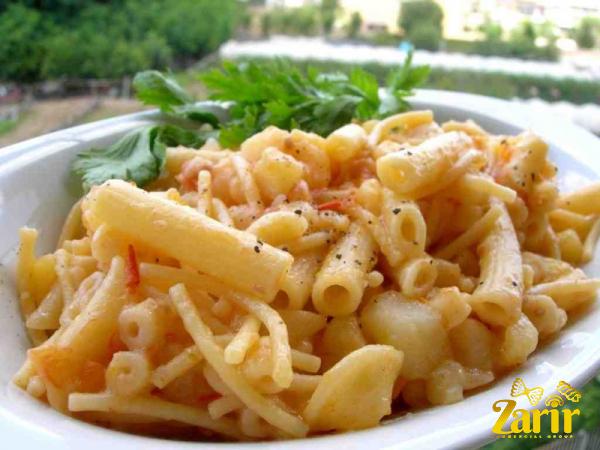 The pasta holds up well during the baking process, retaining its texture and shape. Baked rigatoni dishes, often layered with cheese, meats, and vegetables, create a delightful medley of flavors and textures. Whether it’s a classic rigatoni alla Norma or a twist on a traditional lasagna, rigatoni pasta shells provide the perfect canvas for creative and comforting baked recipes. Conclusion: Rigatoni pasta shells continue to captivate food enthusiasts with their distinctive shape, texture, and ability to hold sauces and ingredients. With its rich history and versatility, this pasta variety has earned a well-deserved place on both restaurant menus and family dinner tables. Whichever way it is prepared, whether tossed in a delectable sauce or baked to perfection, rigatoni delivers a satisfying and flavorful experience. Its versatility and ability to adapt to various culinary creations make it a true pasta lover’s delight.
The pasta holds up well during the baking process, retaining its texture and shape. Baked rigatoni dishes, often layered with cheese, meats, and vegetables, create a delightful medley of flavors and textures. Whether it’s a classic rigatoni alla Norma or a twist on a traditional lasagna, rigatoni pasta shells provide the perfect canvas for creative and comforting baked recipes. Conclusion: Rigatoni pasta shells continue to captivate food enthusiasts with their distinctive shape, texture, and ability to hold sauces and ingredients. With its rich history and versatility, this pasta variety has earned a well-deserved place on both restaurant menus and family dinner tables. Whichever way it is prepared, whether tossed in a delectable sauce or baked to perfection, rigatoni delivers a satisfying and flavorful experience. Its versatility and ability to adapt to various culinary creations make it a true pasta lover’s delight.

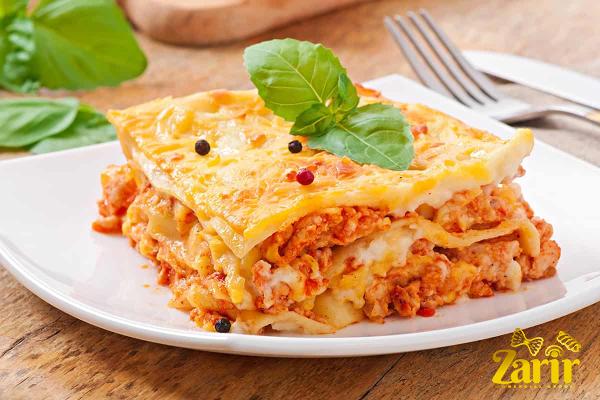
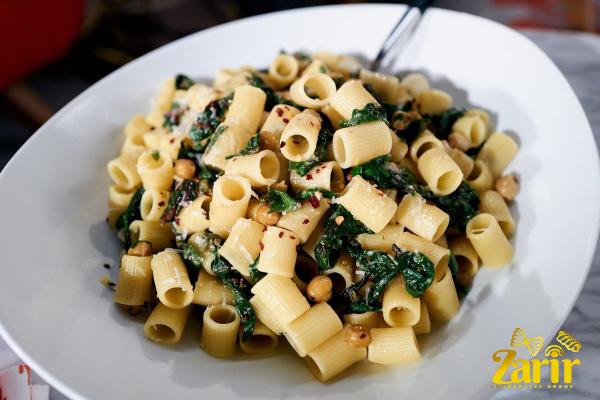
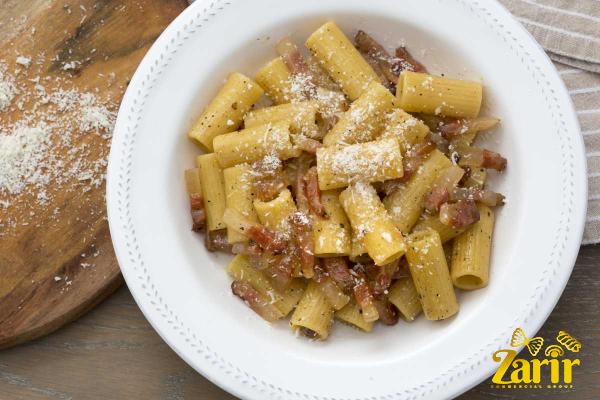
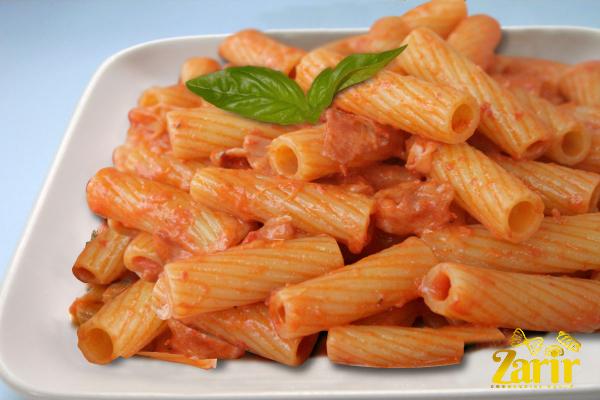
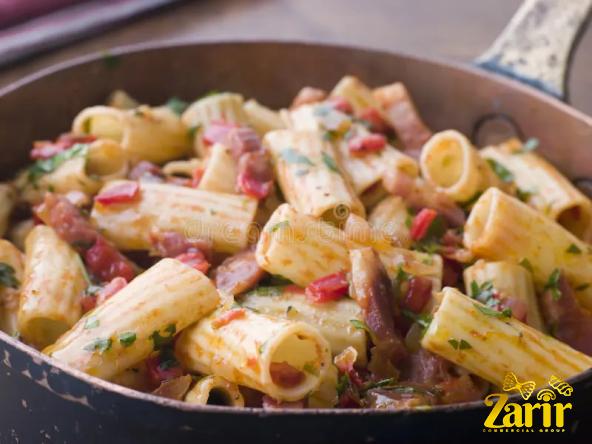

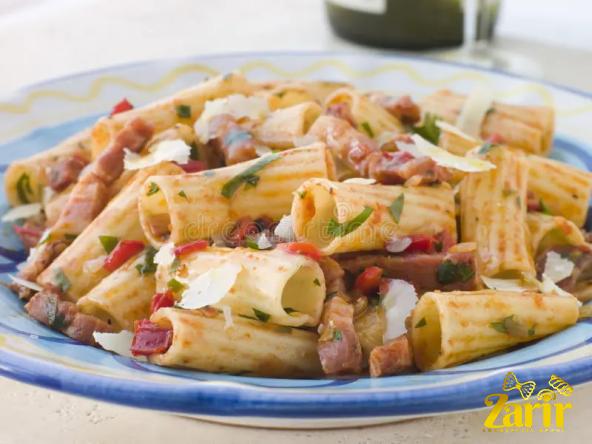
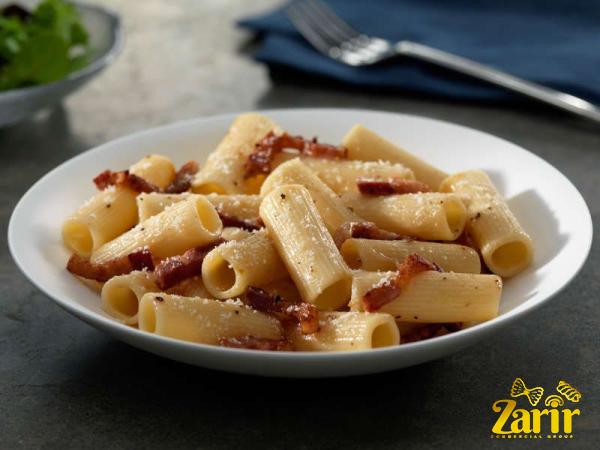
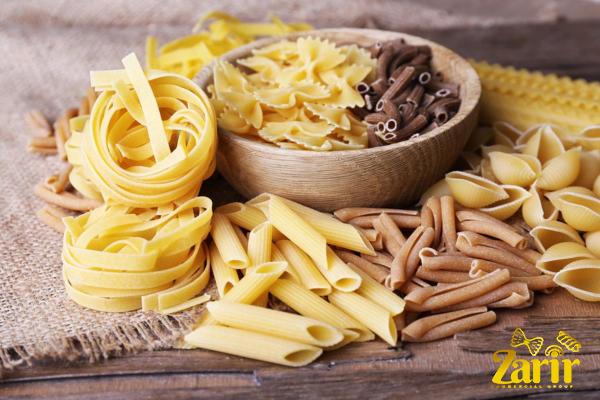
Your comment submitted.